Marine Biosecurity Toolbox scientist Dr Ulla von Ammon joined the BLAKE Expedition and shared with the expedition team the eDNA tools, including the newly designed Cruising Speed Net, for detecting unwanted organisms in marine environments.
Sampling for biosecurity onboard the Robert C. Seamans (SEA, Woods Hole)
by Ulla von Ammon
As part of my postdoctoral position in the Marine Biosecurity Molecular Toolbox program, I was lucky enough to embark on the most picturesque sailing ship for another adventure in early 2020. This is because the beautiful Robert C. Seamans (Picture 1) arrives in Auckland in February every year to sail and collect scientific data along New Zealand’s East Coast. Onboard the “Bobby C.” are a crew of sailors and scientists from the Woods Hole Institute in Massachusetts plus about 20 undergraduates from Florida to Alaska spending an entire semester at sea learning all about the ocean and gaining field-based experience (https://www.sea.edu/).
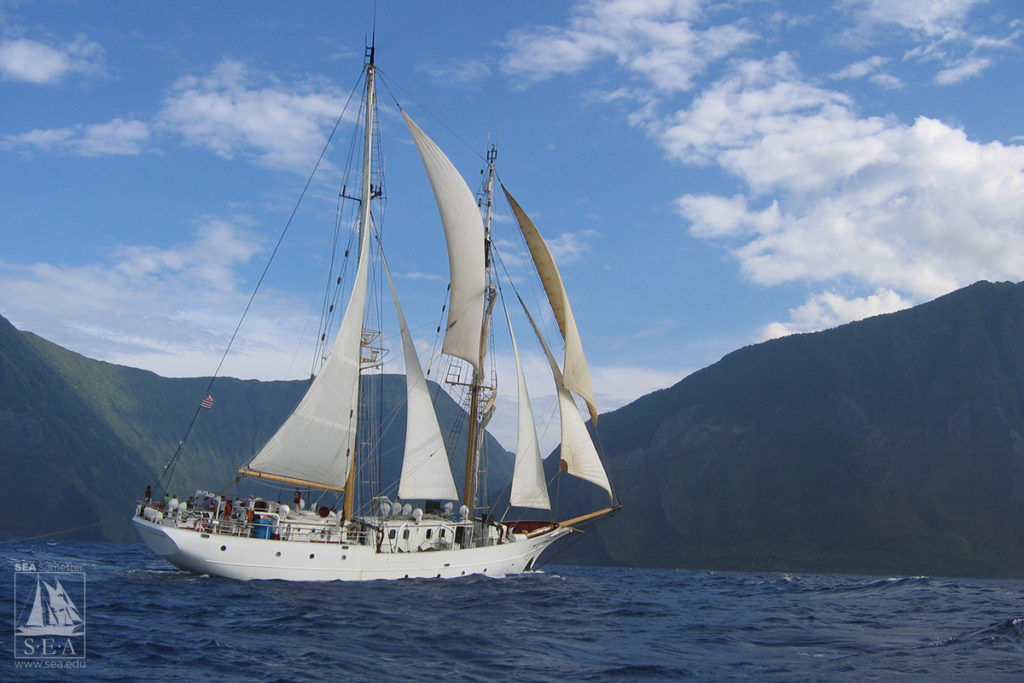
It felt strangely familiar to return as a guest scientist after I had spent 2 months in this program exactly one year before. Learning all about ship life, the sailing terminology and getting to know 40 Americans with different accents all at once was overwhelming but I had been completely fallen in love with this ship life. Apart of the fact that I had forgotten most of the million rigging and lines of the ship (see Picture 2), I was still familiar with the routines, the captain’s commands, what a mate and 2nd mate do and what the engineer is looking after. I knew how to tell the galley to jibe and then where to run when all hands were required on the stay-sls. By now I proudly had figured out that ‘sls meant sails. Generally, that everything on a ship has its authority.
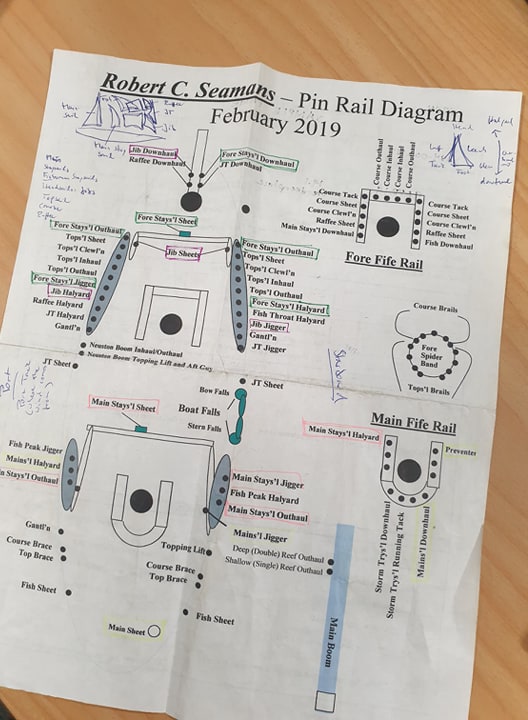
Therefore, I was full of excitement for our study. We, the ‘molecular toolboxers’ from the Cawthron Institute, had planned a complex sampling design to make the most of this special opportunity. This year we were focusing on the northern leg of the cruise, going from Waitemata Harbour in Auckland up to Opua in Northland. We were comparing bucket and plankton samples from our novel High-Speed plankton net (that I had proven to properly function the year before) to collect environmental DNA of invasive taxa focusing on our model pet Sabella spallanzanii. This Mediterranean fanworm arrived in New Zealand harbours as a ship’s hitchhiker in 2008 and is known to overgrow and compete with native ecosystems. It is really hard to find and manage such organisms underwater and in remote places, therefore by picking up the most sensitive DNA traces, we hope to localize these taxa as early as possible and direct further management strategies.
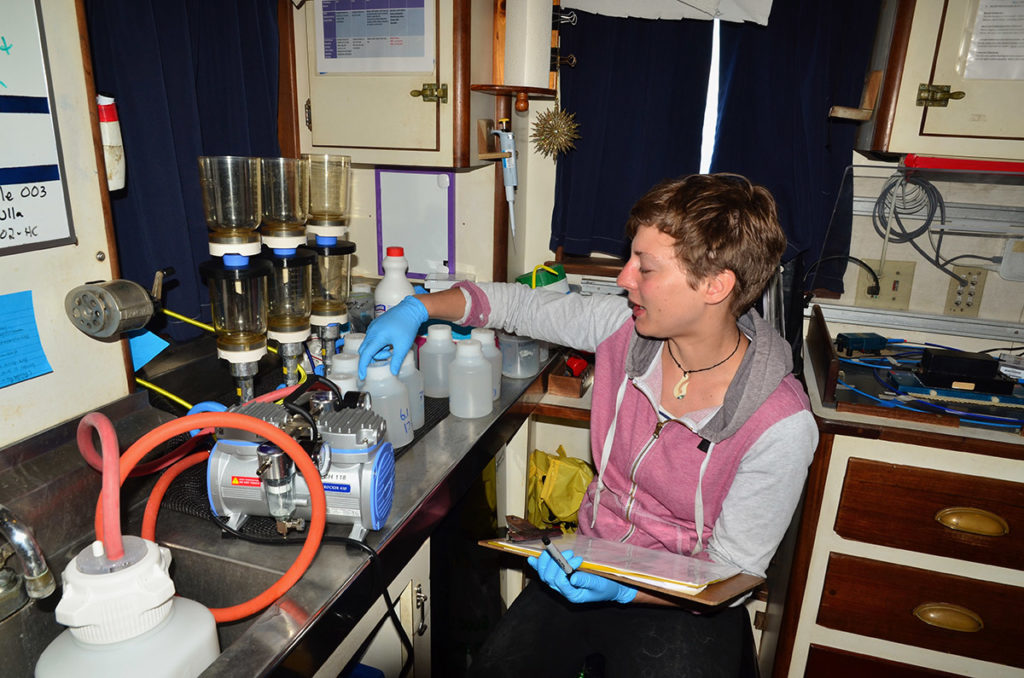
The high volume of shipping traffic of the northern sampling route including the busy Waitemata, Whangarei and Russell harbours therefore are interesting study areas to follow the potential spread of Sabella DNA. As soon as we were leaving Auckland, I took multiple samples throughout the day and night. It was physical work to retrieve the plankton net at 5 and 7 knot ship speed, to constantly clean and bleach all gear between the tows and to keep up with filtering between sampling locations. However, the stunning coastlines, the thousands of dolphins, a hammerhead shark at night, the glowing water from bioluminescence, the bright milky way without any light pollution, the albatrosses and the enthusiastic shipmates account for all of that by a million.
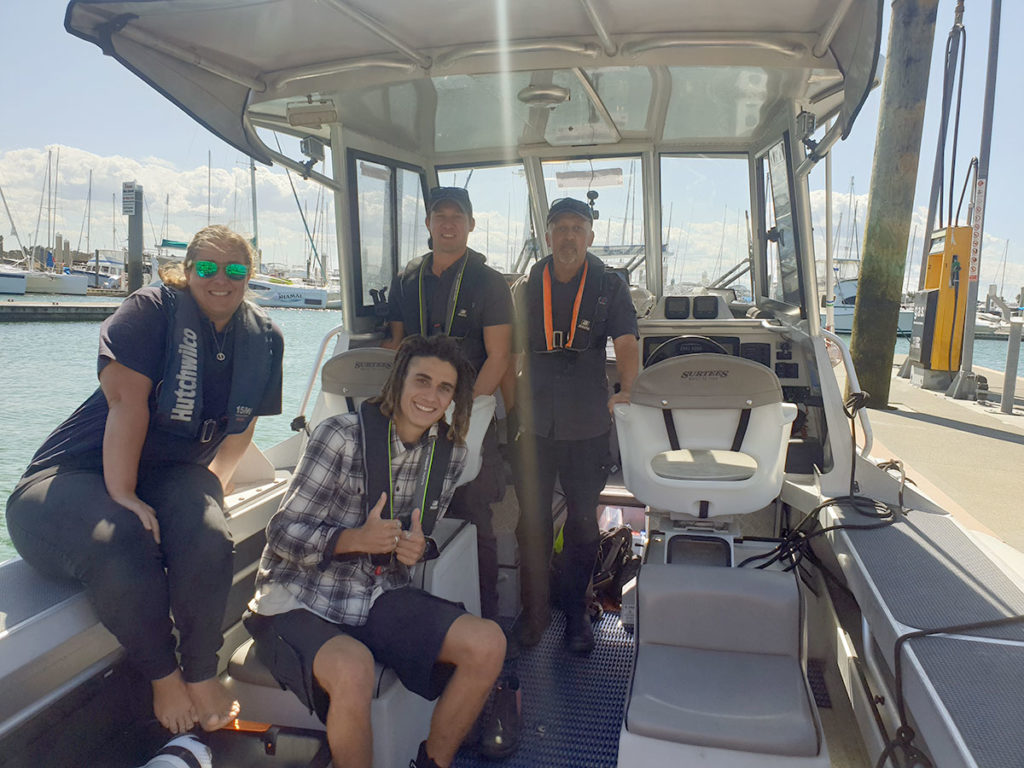
Everything went surprisingly well until I wanted to filter my water and plankton samples when I realized that my perfectly planned lab set-up (Picture 3) was dysfunctional as the voltage of my NZ pump plug was too high for American ship electricity standards. There is always something you just haven’t thought of. I was so lucky that the experienced crew are used to improvise in such situations and were able to rewire the pump to get everything up and running again.
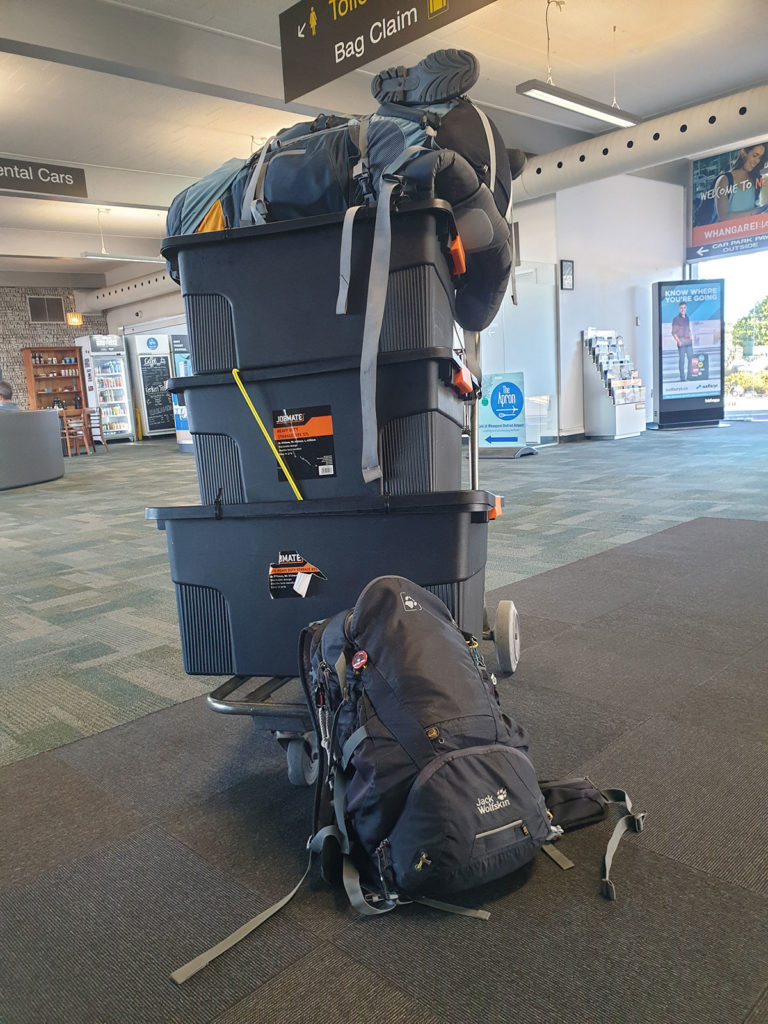
Another problem was sampling with the Bobby C. in the Russell inlet, which we could achieved with the ships own little motorboat. Whangarei was to remote from the ship’s cruise track, so we created an alternative plan with the amazing help of our Northland Regional Council collaborators and the kaitiaki from the Patuharakeke Te Iwi Trust. They organized a crew of helpers and a boat for us within just a few days and I could sample the inlet of Whangarei harbor on a stunningly blue day while filtering all samples in the late evening at the NIWA headquarters. Many thanks for all these efforts of people involved in this sampling adventures!
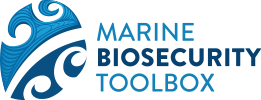
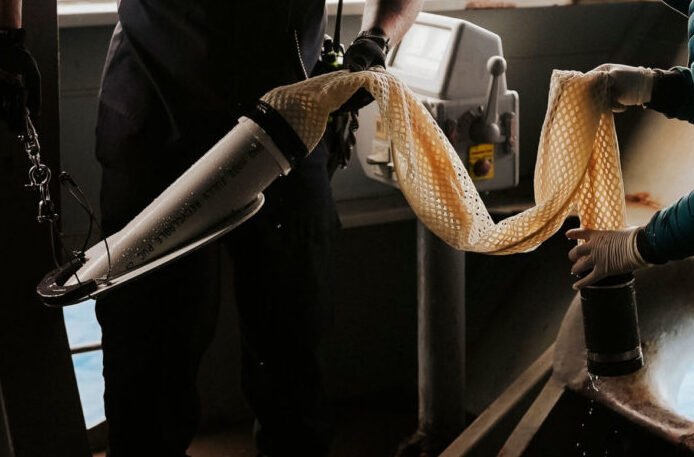
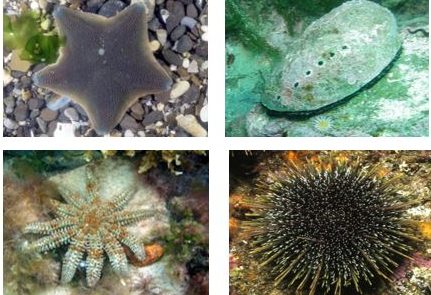
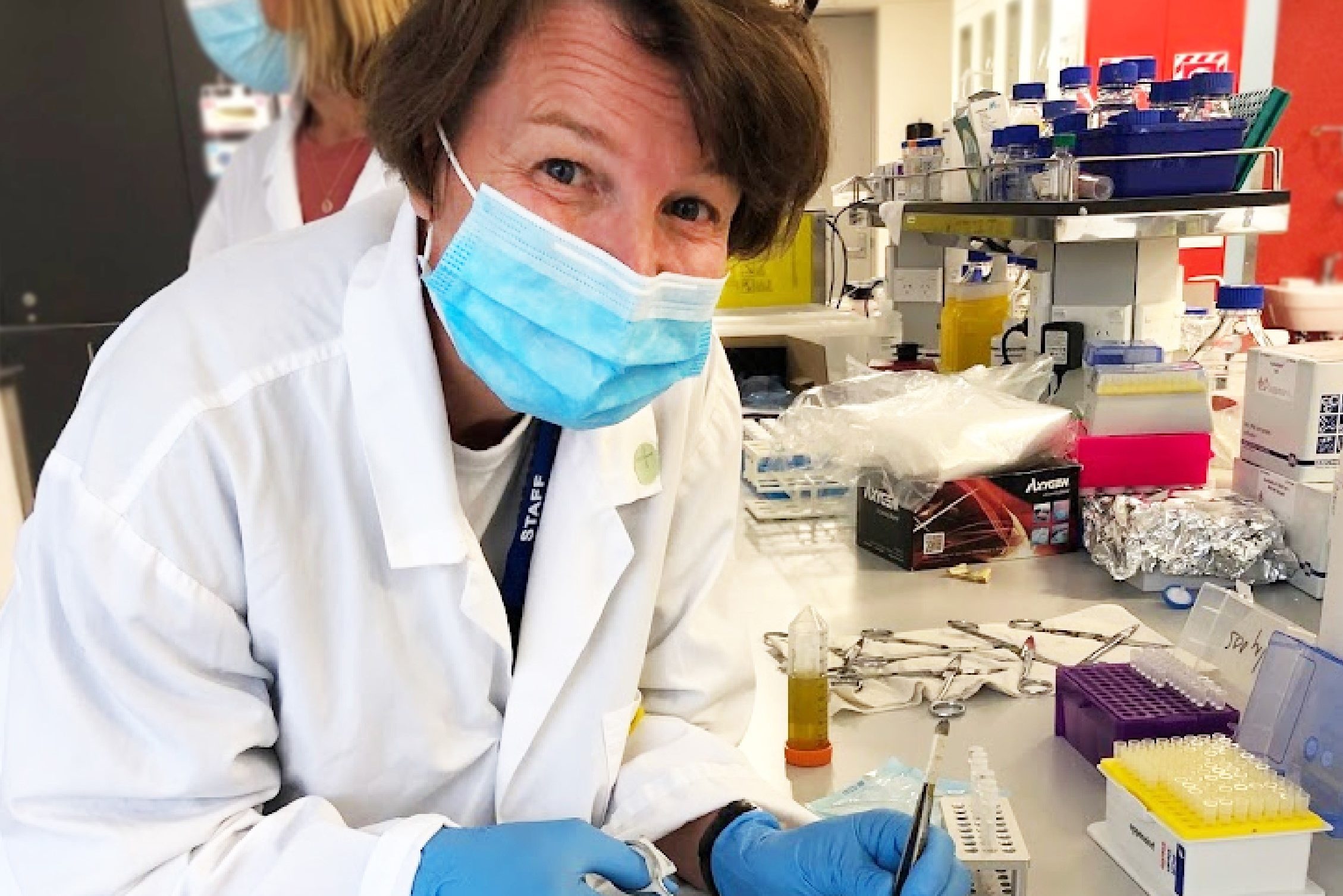
[…] In February 2020, our postdoc Ulla von Ammon embarked the Robert C. Seamans (Picture 1) sailing ship as part of the SEA expedition organized by the Woods Hole Institute to collect samples for comparing different sampling approaches. […]